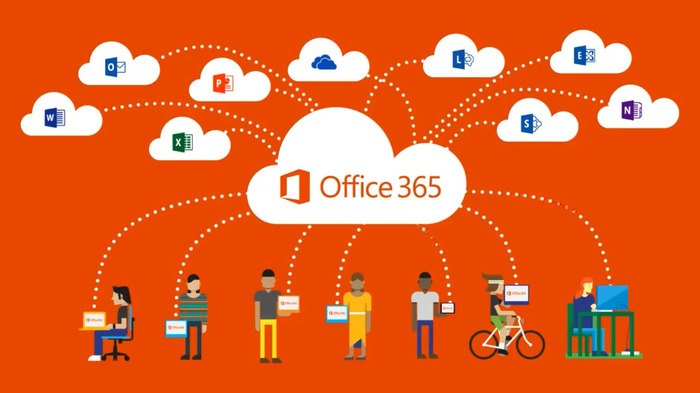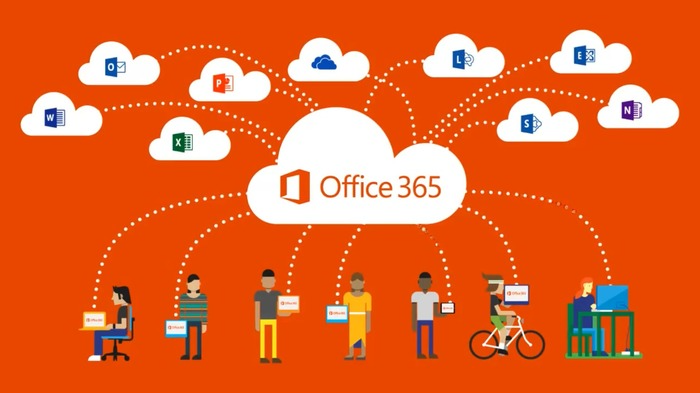15
+
YEARS OF
EXPERIENCE
1000
+
SUCCESSFUL
Projects
80
+
Satisfied
Clients

Ensuring device compliance is more critical than ever. With the rise of remote work and a diverse range of devices accessing corporate resources, organizations must adopt robust strategies to manage compliance effectively. This guide will help you navigate the complexities of device compliance in Office 365, ensuring your organization remains secure while maximizing productivity.
Understanding Device Compliance in Office 365
Device compliance refers to the adherence of devices used within your organization to specified security and configuration standards. In Office 365, ensuring compliance is essential for protecting sensitive data and maintaining the integrity of your organizational resources. With Office 365’s vast suite of tools and applications, it becomes imperative to establish and enforce compliance policies to safeguard your information.
Why Device Compliance Matters
The importance of device compliance cannot be overstated. Here are several reasons why managing compliance is crucial:
- Data Security: Ensuring that devices comply with security policies helps protect sensitive information from unauthorized access and breaches. Non-compliant devices can pose significant risks, leading to potential data loss or exposure.
- Regulatory Compliance: Many industries are subject to strict regulations concerning data protection. Maintaining device compliance ensures that your organization adheres to these regulations, avoiding hefty fines and legal complications.
- Improved Productivity: When devices are compliant, users can access the resources they need without interruption. This minimizes downtime and boosts overall productivity.
- Consistent User Experience: By managing compliance, you ensure that all devices function within the same security framework, providing a consistent user experience across your organization.







Key Components of Device Compliance Management
Managing device compliance in Office 365 involves several key components that organizations must consider:
1. Establishing Compliance Policies
The first step in managing device compliance is to establish clear policies outlining the security requirements for all devices accessing Office 365. These policies should cover:
- Password requirements: Specify minimum password length, complexity, and expiration.
- Device encryption: Mandate encryption for data stored on devices to protect against unauthorized access.
- Operating system updates: Ensure that devices are running the latest operating systems and security patches.
2. Utilizing Intune for Device Management
Microsoft Intune is an integral tool for managing device compliance within Office 365. Intune provides organizations with the capability to:
- Enroll devices: Enroll and manage a wide range of devices, including smartphones, tablets, and PCs, ensuring compliance with organizational policies.
- Monitor compliance: Continuously monitor the compliance status of enrolled devices and receive alerts for non-compliant devices.
- Enforce policies: Automatically enforce compliance policies, such as requiring password changes or enforcing encryption.
3. Conducting Regular Compliance Audits
Regular compliance audits are essential for identifying potential vulnerabilities and ensuring adherence to established policies. These audits can help you:
- Identify non-compliant devices: Spot devices that do not meet security standards and take necessary actions to bring them into compliance.
- Assess policy effectiveness: Evaluate the effectiveness of your compliance policies and make necessary adjustments based on audit findings.
4. Providing Ongoing Training and Support
Educating employees about the importance of device compliance and providing ongoing training is crucial for maintaining compliance. Consider implementing:
- Workshops and training sessions: Conduct regular training sessions to educate employees on compliance policies and best practices.
- Resource materials: Create user-friendly materials, such as guides and FAQs, to help employees understand their responsibilities regarding device compliance.
Office 365 Administration and Device Compliance
Effective administration of Office 365 is vital for maintaining device compliance. Here are several administrative tasks to prioritize:
1. User Role Management
Assign appropriate roles and permissions to users within Office 365. By defining user roles clearly, you can ensure that only authorized personnel have access to sensitive data, reducing the risk of compliance violations.
2. Regular Policy Reviews
Regularly review and update your compliance policies to align with evolving security threats and organizational needs. This includes:
- Adapting to new technologies: Stay informed about emerging technologies and how they may impact compliance requirements.
- Incorporating feedback: Gather input from employees and stakeholders to ensure that policies are practical and effective.
3. Incident Response Planning
Having a well-defined incident response plan is critical for addressing compliance breaches promptly. This plan should include:
- Identification: Establish protocols for identifying compliance breaches quickly.
- Containment and remediation: Define steps for containing and remediating breaches to minimize damage.
- Reporting and documentation: Ensure that all incidents are documented and reported to relevant stakeholders.

Reliable Office 365 Support for Device Compliance
Partnering with a trusted Office 365 IT support provider can significantly enhance your organization’s ability to manage device compliance effectively. Here are some benefits of leveraging professional support:
- Expertise in Compliance Best Practices: An experienced support team can guide you in establishing and enforcing best practices for device compliance.
- Proactive Monitoring and Management: Professional support providers can monitor your environment continuously, identifying and addressing compliance issues before they escalate.
- Customizable Support Plans: Tailored support plans ensure that your organization receives the assistance it needs, aligned with your unique compliance requirements.

answer time
satisfaction
score
on initial call
same business
day
Conclusion
Managing device compliance in Office 365 is a crucial aspect of maintaining a secure and efficient organization. By establishing comprehensive policies, leveraging tools like Microsoft Intune, and providing ongoing training and support, businesses can effectively navigate the complexities of compliance. With a proactive approach to device compliance, your organization can protect sensitive data, adhere to regulatory requirements, and enhance overall productivity.
For assistance in managing your device compliance in Office 365, reach out to our team at Cloud Technologies. We’re here to help you implement effective strategies that ensure your organization’s success.

